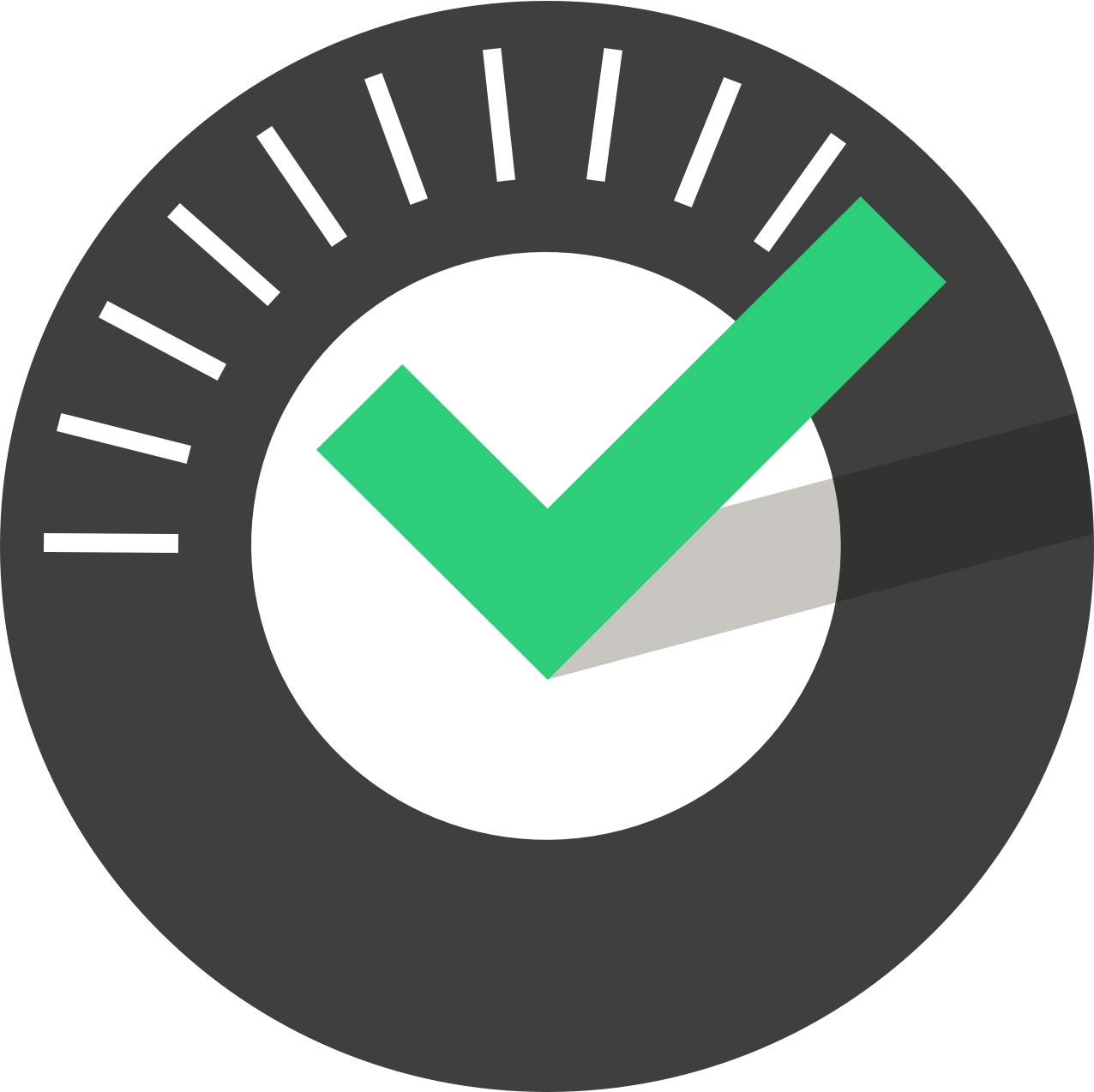ChekRite Portal
Getting Started
Organisation
Logging In & Out of the ChekRite Portal
Managing Your Sites
Managing Assets
Managing Asset Documentation
Managing Users
User Roles and Access
Managing Your Devices
Managing Groups
Asset Utilisation
Checklists
8 Steps to Building a Checklist
Creating a New Checklist
Setting Up the Structure of Your Checklist
Extra Info
Sub-Checks
Fail Weights & Scores
Reviewing Your Checklist
Testing Your Checklist
Publishing Your Checklist
Assigning a Checklist to an Asset Class
Assigning Warnings & Manuals
Modifying a Checklist
Output
Issues
Customising ChekRite
Guides
ChekRite App
Getting Started
Downloading ChekRite on your Phone or Tablet
Updating ChekRite
Synchronising
Logging In & Out
ChekRite Dashboard
Welcome to your ChekRite Demo
Starting an Inspection
Adding assets on the fly
Resetting the ChekRite App
ChekMate App
Troubleshooting
Resources
Table of Contents
- All Categories
- ChekRite Portal
- Getting Started
- Structuring your Assets
Structuring your Assets
Updated
by Jordan Millar
In ChekRite it’s important to think about the structure of how you will organise your assets. Getting this right will greatly improve the quality of your reporting, so don't underestimate the value of thinking this through carefully evaluating your current and future requirements.
Overview
There are four levels that we can define Assets in ChekRite. The following depicts this.

Category | The Category is the top level. This is a descriptor or a way of grouping together like Asset Classes. An example might be Dump Truck, Light Vehicle, Property or even Ancillary Equipment. |
Asset Class | In many cases the Asset Class will be synonymous with Make. This could be something like Toyota or Caterpillar. In other cases it might be something like House. |
Asset Sub-Class | The Asset Sub-Class is often synonymous with Model. An example could be Hilux. |
Asset # | This is the individual identifier of the asset. On a vehicle it could be the unit number or registration number. On a property it might be the address. |
Examples
Here are some examples of asset structures for different types of businesses.
Category | Asset Class | Asset Sub-Class | Asset # |
Dump Truck | Caterpillar | 793F | CRD-DT-001 |
Light Vehicle | Toyota | Hilux | ABC123 |
Property | House | 3 Bedroom | 42 Wallaby Way, Sydney |
Aircraft | Airbus | A380 | City of Brisbane |
Hotel | Park Avenue | Bars | Sports Bar |
School | Milton State School | Facilities | Swimming Pool |
